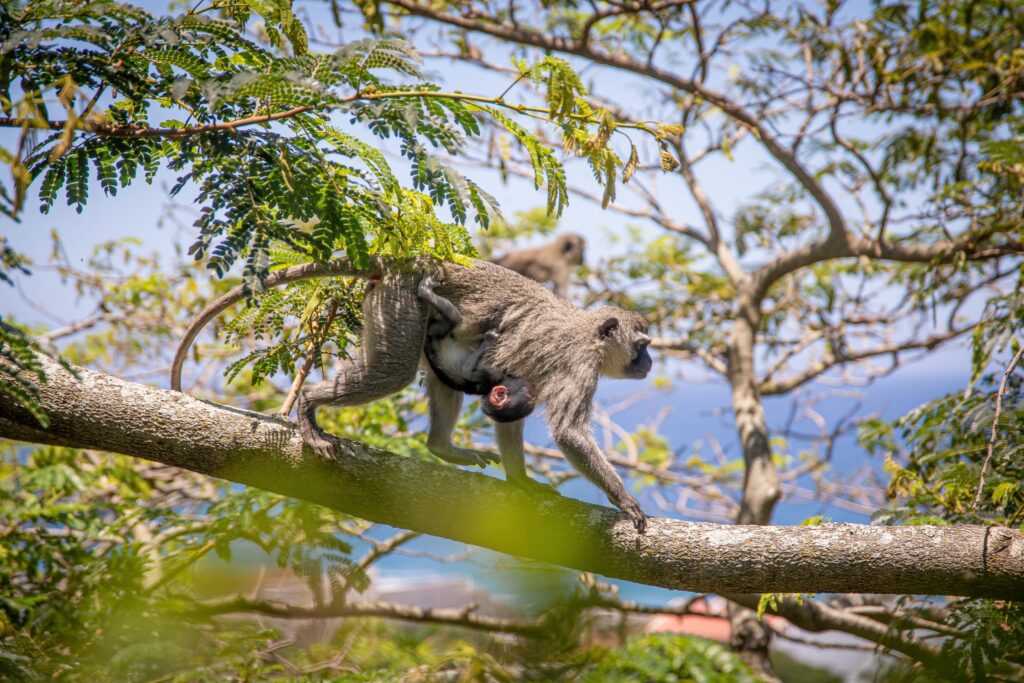The blog titled “Human-Monkey Conflict: The Reasons and Mitigation Strategies” discusses the issue of conflicts between humans and monkeys and explores the reasons behind these conflicts along with potential strategies to mitigate them.
The blog highlights that human-monkey conflicts have become increasingly prevalent in various regions and are primarily driven by the encroachment of human settlements into natural habitats, resulting in the shrinking of monkeys’ natural habitats. This leads to monkeys entering human settlements in search of food and shelter, causing damage to crops, property, and posing risks to human safety.
The blog further discusses various reasons for the escalation of human-monkey conflicts, including deforestation, urbanization, habitat fragmentation, and the availability of easily accessible food sources in human-dominated areas. It emphasizes the importance of understanding the behavior and ecology of monkeys to develop effective mitigation strategies.
In terms of mitigation strategies, the blog suggests a multi-faceted approach that involves both short-term and long-term measures. Short-term strategies include implementing deterrent techniques like noise-making devices, scarecrows, and using trained personnel to scare away monkeys. Additionally, the blog recommends securing garbage bins, using mesh fences around crops, and employing guard dogs to deter monkeys.
The blog also highlights the significance of long-term strategies such as habitat conservation and restoration, creating wildlife corridors, and promoting sustainable land-use practices. It suggests the need for community engagement and awareness programs to educate people about the importance of coexistence and responsible behavior towards wildlife.
In conclusion, the blog emphasizes the necessity of addressing the human-monkey conflict issue through a combination of short-term deterrent measures and long-term sustainable strategies. By considering the ecological needs of monkeys and promoting harmonious coexistence, it is possible to mitigate conflicts and protect both human and primate populations.


